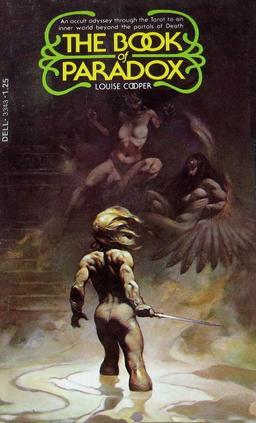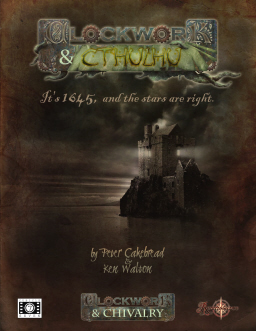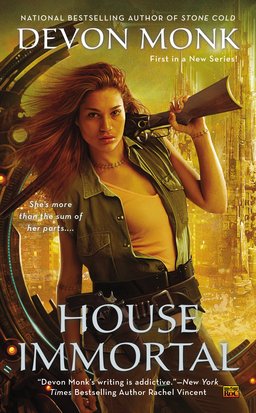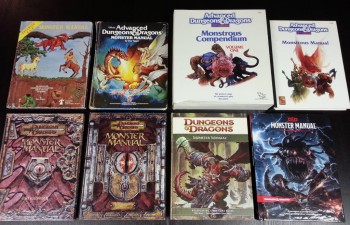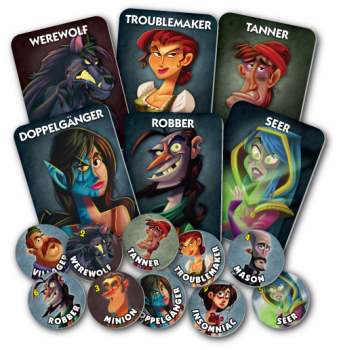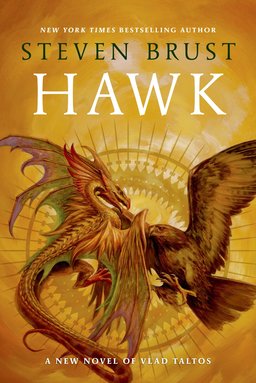Re-reading Michael Moorcock’s The History of The Runestaff: What I Missed the First Time Around
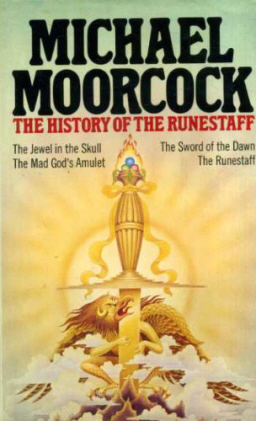 I don’t do re-reads, not often anyway. I’m usually too busy fighting neo-Nazis in the far future and wrestling dinosaurs on Mars. (You know, normal, everyday sort of stuff.) I decided to make an exception for The History of the Runestaff, however, mostly because I realized I had been recommending the thing to friends for years, but hadn’t touched it since I was twelve, when one of my friends dug the omnibus edition out of some weird corner in our school’s library, plopped it into my hands and mumbled something about multiple universes.
I don’t do re-reads, not often anyway. I’m usually too busy fighting neo-Nazis in the far future and wrestling dinosaurs on Mars. (You know, normal, everyday sort of stuff.) I decided to make an exception for The History of the Runestaff, however, mostly because I realized I had been recommending the thing to friends for years, but hadn’t touched it since I was twelve, when one of my friends dug the omnibus edition out of some weird corner in our school’s library, plopped it into my hands and mumbled something about multiple universes.
I remember staring, wide-eyed, at the thing, fascinated; the Conan covers might have been brutal and bloody and prominently featured big burly men, but this was strange, this was something different entirely; its pulsing yellows and light greens were alien, steeped in the psychedelia of the sixties (which, as the inside of the book told me, was when the books were written), it completely dashed away my expectations, crushed them under an iron-clad boot, made my little eyes wide. It contrasted brilliantly with the pulsing purples and browns and blacks of the Conan covers, its swirling surrealism was as far away from Frazetta as I had been.
Despite all that, I didn’t get around to actually reading it until a few months later, when my friend convinced the librarian to delete the book from the school files and I, somehow, managed to get him to trade me it for a copy of some other book. So it wasn’t until a few months later that I discovered that it wasn’t actually that different from Conan, anyway.
The History of The Runestaff was what introduced me to sword and sorcery, what truly opened the gate to Fritz Leiber, Edgar Rice Burroughs, David Gemmel, Jack Vance, Karl Edward Wagner, and so many others; it was, ultimately, what led me here. If there’s anything I’m going to re-read, I thought, it should be this.
